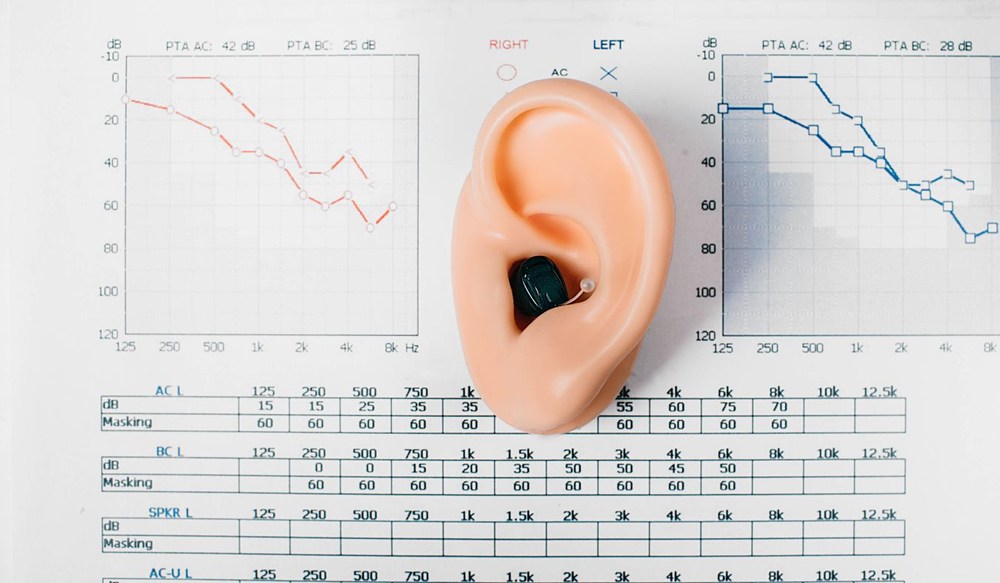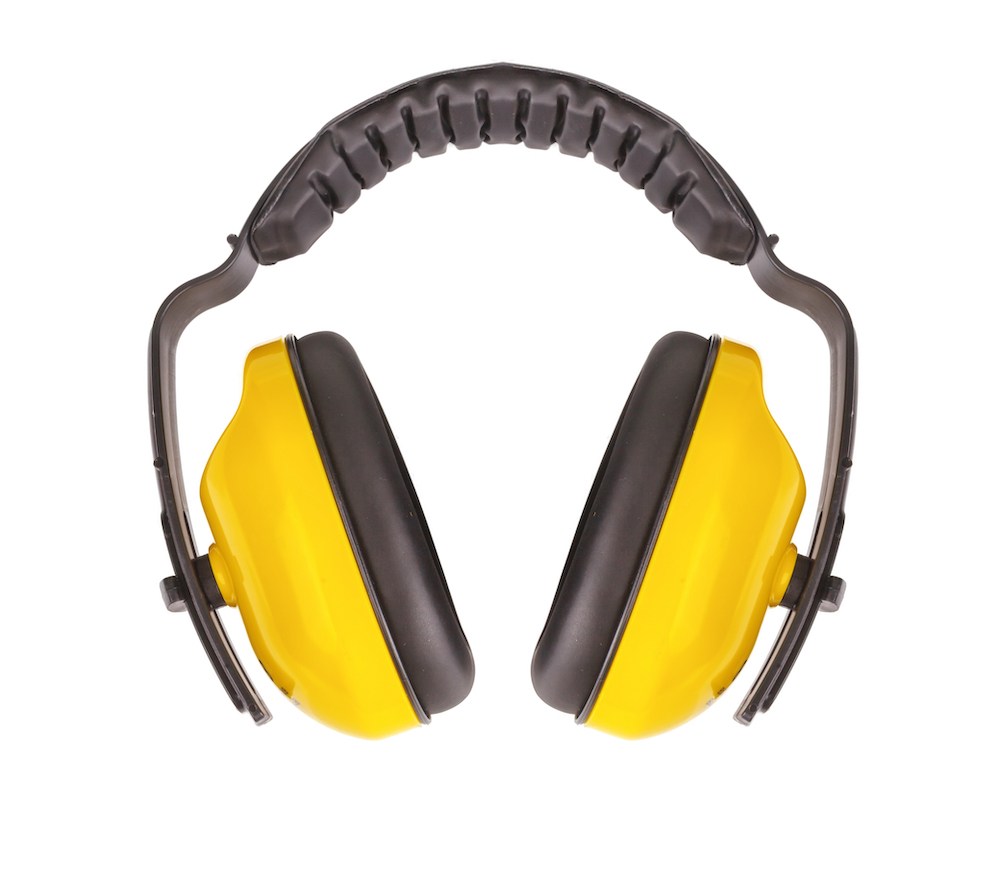The Benefits of Bilateral Versus Unilateral Hearing Aids
When it comes to hearing aids, one common question is whether wearing a


When it comes to hearing aids, one common question is whether wearing a

Athletes spend significant time focusing on training, safety and overall

Hearing aid technology has advanced rapidly in recent years, offering new